Introducing Secure Access – DNS Defense
Cisco Security
MAY 29, 2025
Cisco Secure Access - DNS Defense is a seamless pathway to our Universal ZTNA solution. Learn how it works in the blog.
This site uses cookies to improve your experience. To help us insure we adhere to various privacy regulations, please select your country/region of residence. If you do not select a country, we will assume you are from the United States. Select your Cookie Settings or view our Privacy Policy and Terms of Use.
Cookies and similar technologies are used on this website for proper function of the website, for tracking performance analytics and for marketing purposes. We and some of our third-party providers may use cookie data for various purposes. Please review the cookie settings below and choose your preference.
Used for the proper function of the website
Used for monitoring website traffic and interactions
Cookies and similar technologies are used on this website for proper function of the website, for tracking performance analytics and for marketing purposes. We and some of our third-party providers may use cookie data for various purposes. Please review the cookie settings below and choose your preference.

Cisco Security
MAY 29, 2025
Cisco Secure Access - DNS Defense is a seamless pathway to our Universal ZTNA solution. Learn how it works in the blog.

Krebs on Security
FEBRUARY 18, 2019
” The DNS part of that moniker refers to the global “ D omain N ame S ystem ,” which serves as a kind of phone book for the Internet by translating human-friendly Web site names (example.com) into numeric Internet address that are easier for computers to manage. PASSIVE DNS. That changed on Jan.
This site is protected by reCAPTCHA and the Google Privacy Policy and Terms of Service apply.
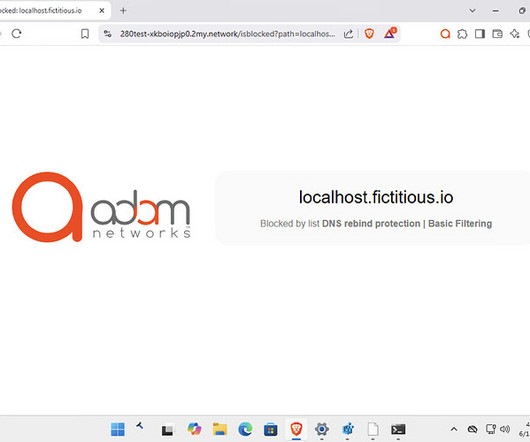
Security Boulevard
JUNE 13, 2025
After this week’s attention to META and Yandex localhost abuses, it is time to revisit a core feature/option of protective DNS that offers a feel-good moment to those that applied this safety technique long before this abuse report came about. Most modern DNS servers offer DNS Rebind Protection; some are on by default, some include 127.0.0.0/8
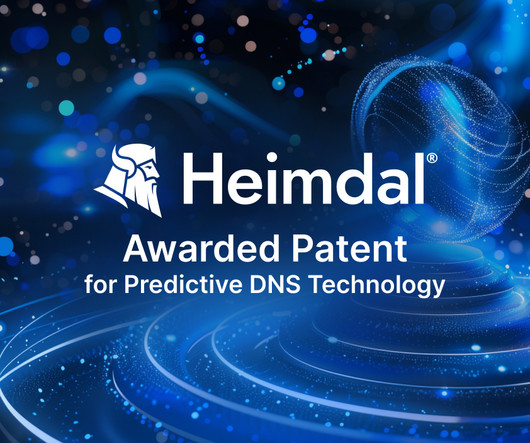
Heimadal Security
APRIL 23, 2025
This milestone reinforces Heimdals position at the forefront of DNS security. The patent, titled Apparatus and Method of Predicting […] The post Heimdal Awarded Patent for Predictive DNS Technology appeared first on Heimdal Security Blog.
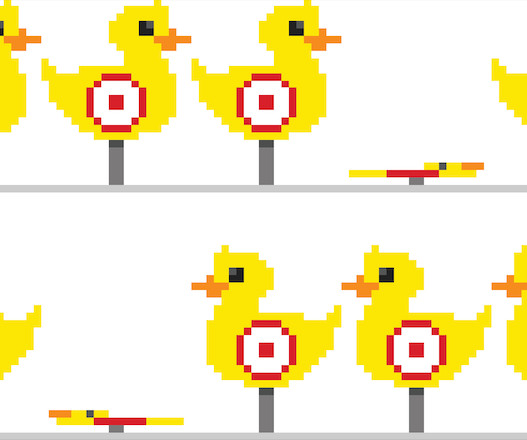
Krebs on Security
JULY 31, 2024
Your Web browser knows how to find a site like example.com thanks to the global Domain Name System (DNS), which serves as a kind of phone book for the Internet by translating human-friendly website names (example.com) into numeric Internet addresses. And the bulk of these are at a handful of DNS providers.”
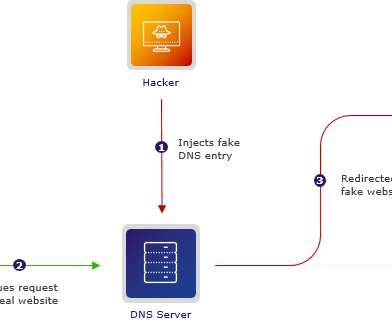
Security Boulevard
FEBRUARY 13, 2021
DNS poisoning, also known as DNS cache poisoning or DNS spoofing, is a highly deceptive cyber attack in which hackers redirect web traffic toward fake web servers and phishing websites. Note: if you're looking for information on IP spoofing attacks, check out my previous blog. The post What is DNS Poisoning?

Cisco Security
MARCH 11, 2021
Our Threat Trends blog series takes a look at the activity that we see in the threat landscape and reports on those trends. After examining topics such as the MITRE ATT&CK framework , LOLBins , and others, this release will look at DNS traffic to malicious sites. Organizations and malicious DNS activity. Cryptomining.
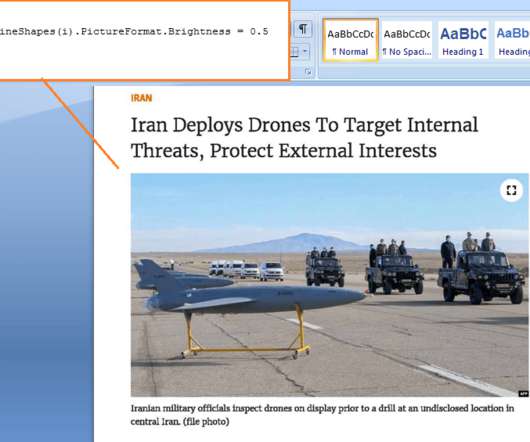
Security Affairs
JUNE 11, 2022
Iran-linked Lyceum APT group uses a new.NET-based DNS backdoor to target organizations in the energy and telecommunication sectors. The Iran-linked Lyceum APT group, aka Hexane or Spilrin, used a new.NET-based DNS backdoor in a campaign aimed at companies in the energy and telecommunication sectors, ZScaler researchers warn.
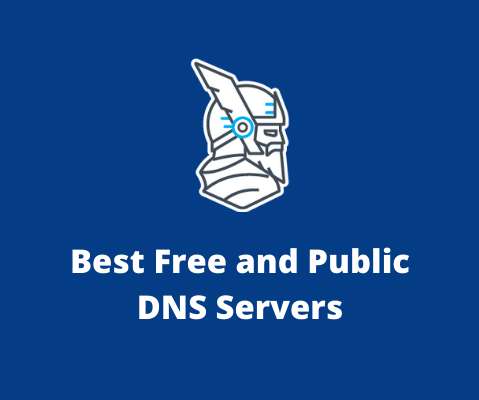
Heimadal Security
FEBRUARY 4, 2022
DNS allows computer networks to associate numerous pieces of information with each web domain. That’s why the DNS system converts each domain name […]. That’s why the DNS system converts each domain name […]. The post Best Free and Public DNS Servers appeared first on Heimdal Security Blog.

Cisco Security
MARCH 23, 2021
In our Threat Trends blog series , we attempt to provide insight into the prevalent trends on the threat landscape. This is what we covered in part one of this Threat Trends release on DNS Security, using data from Cisco Umbrella , our cloud-native security service. Part 2: Industry trends. Financial Services.
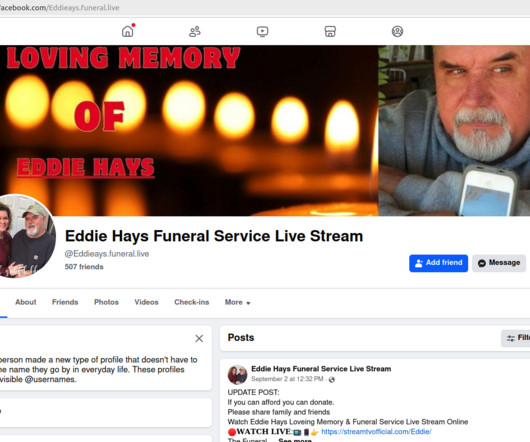
Krebs on Security
SEPTEMBER 18, 2024
According to DomainTools.com , the organization that registered this domain is called “ apkdownloadweb ,” is based in Rajshahi, Bangladesh, and uses the DNS servers of a Web hosting company in Bangladesh called webhostbd[.]net. net for DNS. net DNS servers). xyz and onlinestreaming[.]xyz. Livestreamnow[.]xyz
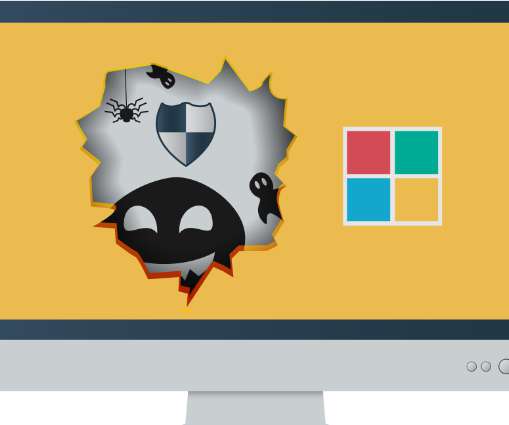
Krebs on Security
MARCH 9, 2021
In the ENKI blog post, the researchers said they will publish proof-of-concept (PoC) details after the bug has been patched. For the second month in a row, Microsoft has patched scary flaws in the DNS servers on Windows Server 2008 through 2019 versions that could be used to remotely install software of the attacker’s choice.

Krebs on Security
FEBRUARY 4, 2019
Spammy Bear targeted dormant but otherwise legitimate domains that had one thing in common: They all at one time used GoDaddy’s hosted Domain Name System (DNS) service. The domains documented by MyOnlineSecurity all had their DNS records altered between Jan. 31 and Feb. 22 report on the GoDaddy weakness. Image: Farsight Security.
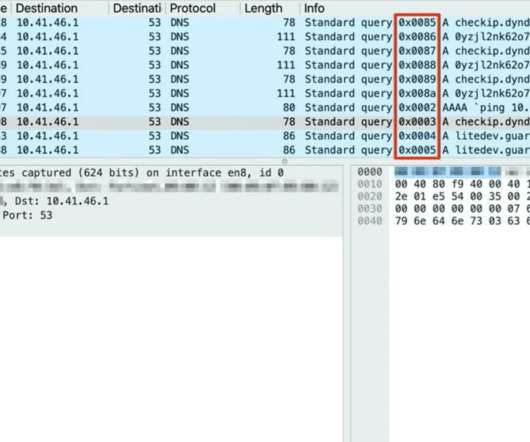
Security Affairs
MAY 3, 2022
A vulnerability in the domain name system (DNS) component of the uClibc library impacts millions of IoT products. Nozomi Networks warns of a vulnerability, tracked as CVE-2022-05-02, in the domain name system (DNS) component of the uClibc library which is used by a large number of IoT products. ” continues the advisory.

Heimadal Security
JULY 19, 2024
Choosing the right DNS software can make a significant difference in your network’s speed, security, and reliability. With a variety of options available, finding the best DNS software for your needs in 2024 can be challenging.
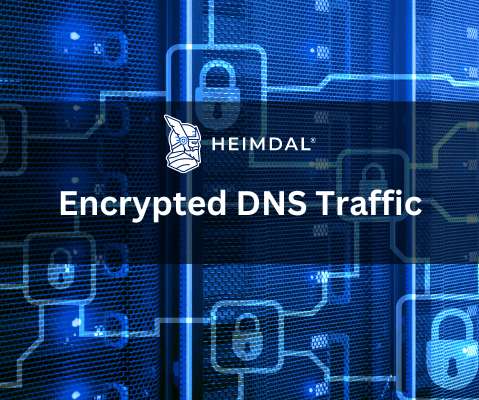
Heimadal Security
NOVEMBER 7, 2022
Encrypted DNS traffic is a type of DNS traffic secured in a way that no third party can intervene during a DNS resolution (the process of translating a domain name into an IP address). This means that no one can intercept the data changed during a DNS request, so the names of the websites and […].

Malwarebytes
JULY 12, 2021
Firefox recently announced that it will be rolling out DNS-over-HTTPS (or DoH) soon to one percent of its Canadian users as part of its partnership with CIRA (the Canadian Internet Registration Authority), the Ontario-based organization responsible for managing the.ca The DNS resolver the request is sent to also sees the DNS request, too.

Heimadal Security
APRIL 10, 2023
The Round-robin DNS is a load-balancing technique that helps manage traffic and avoid overloading servers. The method aims to distribute the traffic load evenly between the servers associated […] The post Round-Robin DNS Explained. What It Is and How It Works appeared first on Heimdal Security Blog.

Krebs on Security
JANUARY 22, 2019
Your Web browser knows how to find a Web site name like example.com thanks to the global Domain Name System (DNS), which serves as a kind of phone book for the Internet by translating human-friendly Web site names (example.com) into numeric Internet address that are easier for computers to manage. ” SAY WHAT? 13, 2018 bomb threat hoax.

Heimadal Security
APRIL 7, 2022
A clear DNS cache is an easy way to solve connectivity issues, as well as prevent some of the most widely-encountered DNS-based cyberattacks. In the following lines, you will find an overview of what a DNS cache is, as well as the importance of flushing it, […]. But how can you do that on your endpoints?

Heimadal Security
NOVEMBER 22, 2022
DNS scavenging is the process of removing stale DNS records, usually used together with DNS aging in order to free up space and improve system performance. In cybersecurity, in particular, DNS scavenging can help prevent DNS cache poisoning attacks and even reduce the chances of DNS servers being used in DDoS attacks.

Heimadal Security
JULY 30, 2024
DNS security risks are everywhere, and the stats show it too. A 2021 IDC survey of over 1,100 organizations across North America, Europe, and the Asia Pacific revealed that 87% had encountered DNS attacks. The average cost per attack was approximately $950,000 globally, rising to about $1 million for organizations in North America.

Heimadal Security
FEBRUARY 23, 2023
DNS records or resource records (RR) contain various types of data about domain names and IP addresses. They are stocked in DNS databases on authoritative DNS servers. DNS records offer information about what IP address is associated with what domain, for example.

Heimadal Security
AUGUST 2, 2024
More than 35,000 registered domains have been hijacked by threat actors in so-called Sitting Ducks attacks that allow claiming a domain without having access to the owner’s account at the DNS provider or registrar.

Heimadal Security
NOVEMBER 14, 2022
DNS logging is the process of gathering detailed data on DNS traffic (all DNS information that is sent and received by the DNS server), usually to help network administrators resolve DNS errors or, especially in cybersecurity, quickly identify and mitigate threat actors’ attempts to attack the DNS infrastructure.
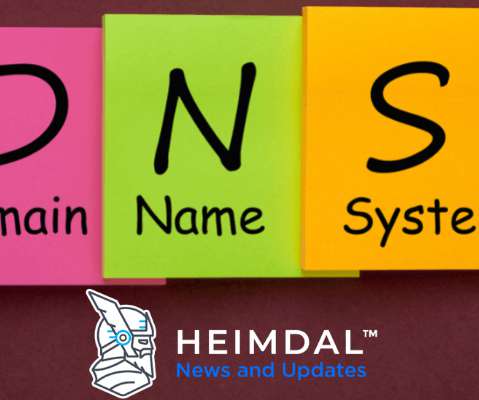
Heimadal Security
AUGUST 6, 2021
A brand-new category of DNS flaws that affects important DNS-as-a-Service (DNSaaS) suppliers has been recently discovered by cybersecurity specialists. The post New Category of DNS Vulnerabilities Impacts Numerous DNSaaS Platforms appeared first on Heimdal Security Blog.
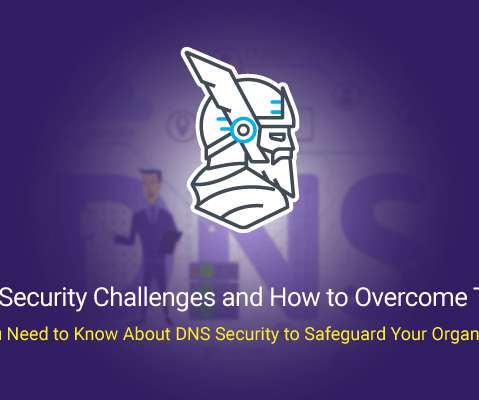
Heimadal Security
NOVEMBER 12, 2021
The Domain Name System (DNS), which supports the Internet presence of your company, is a centralized network run by different organizations worldwide. Simply put, the DNS is […]. Simply put, the DNS is […].

Heimadal Security
APRIL 13, 2021
Security experts from Forescout and JSOF have discovered a new set of DNS vulnerabilities that could impact more than 100 million IoT devices used by consumers and organizations. The post Name:Wreck DNS Bugs Put IoT Devices At Risk appeared first on Heimdal Security Blog.

Heimadal Security
OCTOBER 4, 2022
DNS (Digital Network System), a Russian retail chain, disclosed yesterday that its systems have been breached by a threat actor. DNS is Russia’s second-largest store chain […]. The post Russian Retailer DNS Confirms Data Breach appeared first on Heimdal Security Blog.
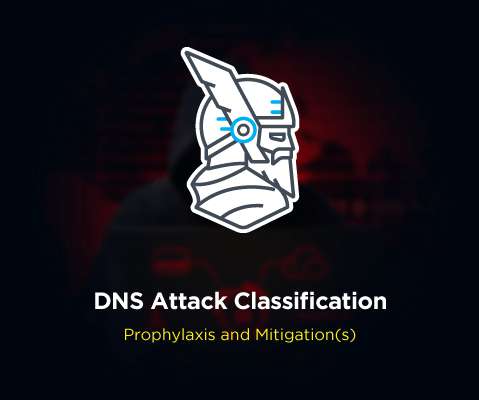
Heimadal Security
MAY 28, 2021
The Domain Name System (DNS), with its quirks, kinks, and compulsion to create unnecessarily long acronyms is a world of its own (design). At this point, any DNS treatise, article, paper, or cheat-sheet, makes Encyclopedia Britannica’s letter “A” volume look like a “quit smoking” leaflet.

The Last Watchdog
MARCH 28, 2019
His blog, Krebs on Security , was knocked down alright. And since Dyn routed traffic, not just to Krebs’ blog, but also to Twitter, Spotify, Netflix, Amazon, Tumblr, Reddit and PayPal, those popular websites were offline for some 12 hours, frustrating millions. DNS resolvers are the number-one tracked DDoS weapon, by size,” Shin said.

Heimadal Security
JANUARY 20, 2023
The Domain Name System, and the DNS zones that it is composed of, are not as simple as ”the internet`s phonebook” largely used definition for DNS suggests it would be.
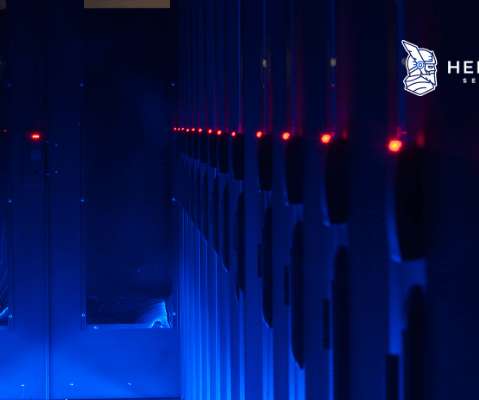
Heimadal Security
DECEMBER 9, 2022
The post What Is DNS Propagation and How to Keep Safe from DNS Attacks appeared first on Heimdal Security Blog. It’s somewhat like changing your phone number and having to announce the new one to literally everyone you know and want to keep in touch with.

Heimadal Security
SEPTEMBER 14, 2023
As malware and attack techniques continue to evolve in sophistication, DNS IoCs help threat hunting teams to prevent ransomware attacks. Prioritizing threat hunting to prevent and mitigate advanced threats is critical to safeguarding an organization`s data and assets.
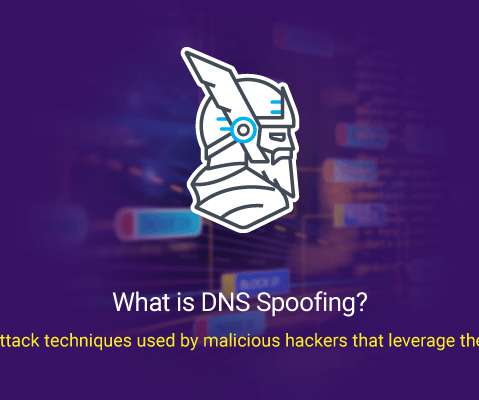
Heimadal Security
OCTOBER 22, 2021
The DNS in and of itself has never been secure. Throughout time, this has led malicious actors to take advantage of this issue and develop elaborate attack techniques that leverage the DNS, such as […]. The post All You Need to Know About DNS Spoofing to Keep Your Organization Safe appeared first on Heimdal Security Blog.

The Last Watchdog
DECEMBER 6, 2019
In 2019, we’ve seen a surge in domain name service (DNS) hijacking attempts and have relayed warnings from the U.S. In the enterprise environment, domain names, DNS, and certificates are the lifeline to any internet-based application including websites, email, apps, virtual private networks (VPNs), voice over IP (VoIP) and more.

Heimadal Security
NOVEMBER 28, 2022
Domain hijacking and DNS poisoning are two methods used by threat actors to perform a DNS spoofing attack and redirect traffic toward malicious websites. The post Domain Hijacking vs DNS Poisoning: Do You Know the Difference? The post Domain Hijacking vs DNS Poisoning: Do You Know the Difference? In this […].

Heimadal Security
JULY 23, 2021
A global DNS outage related to the Akamai company made quite a stir on Thursday. The post DNS Global Outage Affected Websites and Online Services appeared first on Heimdal Security Blog. Who Is Akamai?
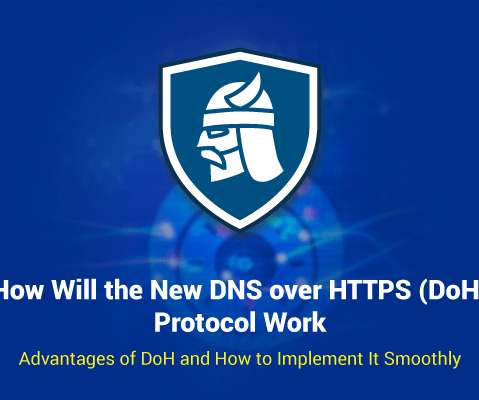
Heimadal Security
JULY 13, 2021
A new internet protocol is making headlines in the world of enterprise security: DNS over HTTPS. The post DNS over HTTPS (DoH): Definition, Implementation, Benefits, and More appeared first on Heimdal Security Blog. Are you ready for this cybersecurity revolution yourself?

Heimadal Security
OCTOBER 31, 2024
DNS MX records are a key element in delivering an email successfully to its rightful recipient. Just like your […] The post Understanding DNS MX Records and Their Role in Email Security appeared first on Heimdal Security Blog. But have you ever wondered what it takes to deliver an email?
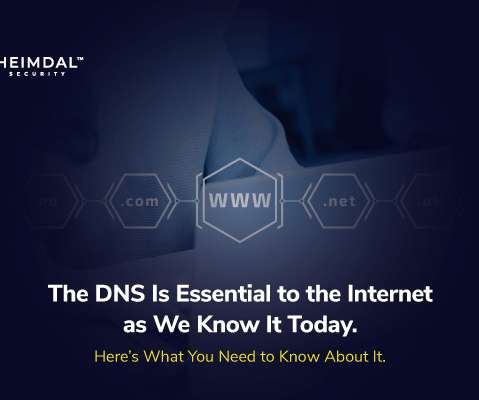
Heimadal Security
AUGUST 8, 2022
The DNS is an essential concept in the online world, and its operations empower users all around the world to access billions of websites every day. But what is DNS? And, perhaps more importantly, how does DNS work? In this article, you will learn the definition of the DNS and how the servers involved in […].

Heimadal Security
DECEMBER 13, 2022
A ‘DNS leak’ is a security flaw that reveals Domain Name System (DNS) requests to an Internet Service Provider’s (ISP) servers, despite the user’s effort to conceal them through a Virtual Private Network (VPN) service. The post What Is a DNS Leak?

Troy Hunt
SEPTEMBER 26, 2018
Somewhere in the middle is a responsible approach, for example the sponsorship banner you see at the top of this blog. Scott Helme put me onto this originally via his two excellent posts on Securing DNS across all of my devices with Pi-Hole + DNS-over-HTTPS + 1.1.1.1 That is all. No HTML tags. No tracking.

Heimadal Security
APRIL 24, 2023
DNS-Layer Security protects users from threats that arise from inbound and outbound traffic. It refers to monitoring communications between endpoints and the internet at a DNS-layer level. Imagine the DNS layer security as a gatekeeper who makes sure that all potentially malicious visitors remain at the gate. But that`s not all.
Expert insights. Personalized for you.
We have resent the email to
Are you sure you want to cancel your subscriptions?


Let's personalize your content